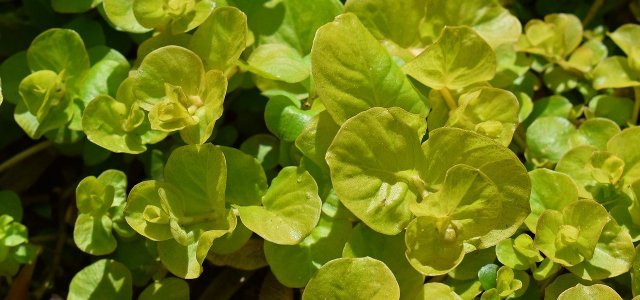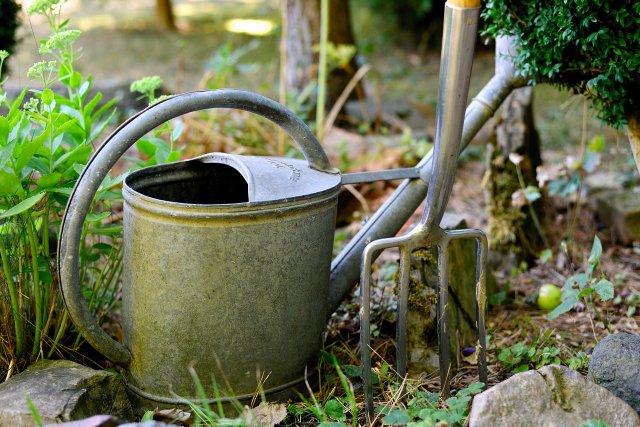
Pennywort grows in nature, especially near rivers and lakes. We show you how you can plant and care for the ground cover pennywort in your own garden, on the balcony or in the apartment.
Planting pennywort: this is how it’s done
Pennywort is a well-known perennial that also goes by the name of coinwort. It is native to Europe and the Caucasus. The name pennywort comes from the flowers of the plant: the small, yellow flowers are reminiscent of small coins or pennies because of their color and size.
You should keep the following tips in mind when planting:
Space requirements: when choosing a location, you should consider that pennywort grows quickly in length and width. While it only grows about five to ten inches tall, it can grow up to half a foot wide. If you want to plant multiple specimens, make sure there’s about 30 centimeters of space between plants.
Location: Mint is very frugal when it comes to location requirements. It thrives in slightly sunny, semi-shady, as well as shady places. The only thing you should avoid is full sun.
Soil: The soil should be fairly nutrient-rich, well-drained and humus-rich. Some sandy to loamy soil is also beneficial.
Care for pennywort: Watering and fertilizing

Pennywort is a hardy and easy to care for plant. You should follow these tips to achieve the most lush growth possible:
- Watering: As a marsh plant, Pfennigkraut is accustomed to wet soil, so you should water it adequately on a regular basis. The soil should always be moderately moist to wet.
- Fertilizing: Before planting, you can add some compost or other organic fertilizer to the soil. After one year you can fertilize lightly. After that, it is sufficient to fertilize pennywort only about every two to three years. In this article we will show you how to easily make biodegradable fertilizer yourself: Fertilizer for plants: Make it yourself, all natural.
Depending on the variety, you can use pennywort for different purposes. Many varieties are suitable as ground cover in the garden. The herb is especially known as a border for ponds or along streams. If you would like to plant pennywort in a border, you should cut it back regularly so that it does not overgrow other plants.
Good neighboring plants for this hardy herb include:
- Delphinium
- Purple bellflower
- Indian nettle
- Speedwell
- Marsh primrose
On the balcony you can also plant pennywort in containers. Because of its hanging shoots, it is especially suitable for window boxes and hanging baskets. In the home, pennywort also looks especially good in high places from which the plant can hang down.
In the garden and on the balcony, mint also acts as a habitat and food source for insects and birds. In winter, it is particularly important as a wintering ground for animals. Therefore, you should cut it back only in the spring and not in the fall.

